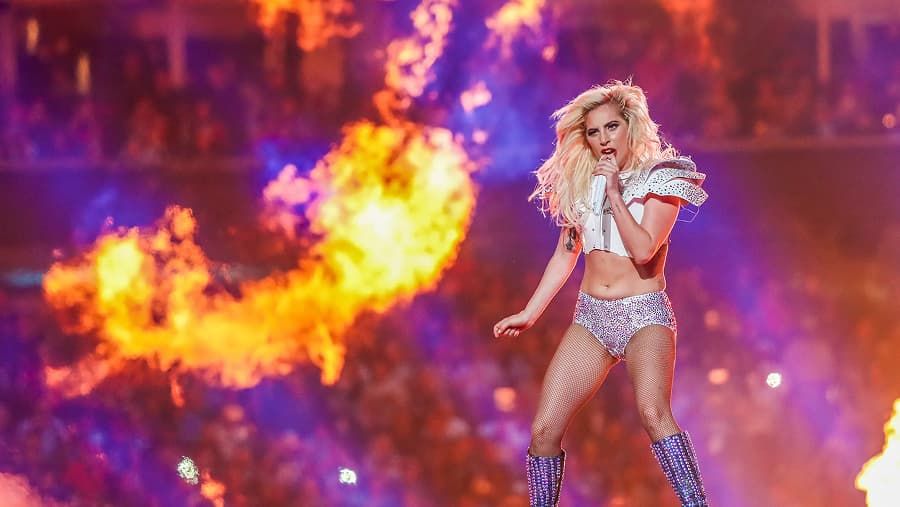The Super Bowl: America's Greatest Spectacle
The Super Bowl is the ultimate in American sports entertainment, more than just a championship football game, but a cultural force. Taking place on the first Sunday in February, it grips millions around the world. In this article, you will know more about it.

1. Historical Background
The first Super Bowl was played in 1967. The use of Roman numerals started with Super Bowl V in 1971, in order to avoid confusion since the Super Bowl takes place in a different calendar year than the game was played. The Super Bowl ultimately decides the NFL champion, between the winners of the American Football Conference (AFC) and the National Football Conference (NFC). The game plays out according to standard N.F.L. rules, with four quarters of 15 minutes each and a 12-minute halftime show. Teams play for the Vince Lombardi Trophy, named for the iconic Green Bay Packers coach who won the first two Super Bowls. The records set in the game flow into the narrative of excellence that seeps into the game and the fierce competition that keeps each Super Bowl separate and distinct.
2. The Super Bowl’s Cultural Impact
The Super Bowl isn’t just a football game — it’s a huge entertainment event. Important factors that lead to its cultural significance include:
Halftime Show: The Super Bowl Halftime Show is the most-watched musical performance on this planet. Superstar artists like Michael Jackson, Lady Gaga, Madonna, Beyoncé, Prince and The Weeknd have headlined the event and the resulting performances are iconic. The halftime show gets just as much buzz as the game.
Commercials: Super Bowl commercials are famously costly, with brands shelling out millions for a 30-second ad. These ads tend to be very creative with stars, jokes and emotional storytelling. Even commercials can go viral; many viewers tune in simply to see the ads.
3. Viewership and Ratings
The Super Bowl remains one of the most popular TV programs in the US each year, reaching more than 100 million viewers annually. It has usurped even American viewership of big ticket events such as the Olympics and the FIFA World Cup.
4. Super Bowl Parties
Many people either host or attend Super Bowl parties, when friends or family gather to watch a game on a large screen, eat food and possibly participate in betting pools. The occasion has turned into a social tradition, even among non die-hard football fans.
5. Memorable Super Bowl Moments
Through the years, the Super Bowl has gifted fans so many iconic moments, including:
Super Bowl III (1969): Joe Namath’s famous “guarantee,” that his underdog New York Jets would beat the Baltimore Colts.
Super Bowl XXV (1991): Whitney Houston’s iconic national anthem performance.
Super Bowl XLIX (2015): The infamous call by the Seattle Seahawks — choosing to throw the ball at the goal line instead of running it in, which resulted in a game-winning interception to the New England Patriots.
Super Bowl LI (2017): The Patriots’ historic rally from a 28-3 hole in the second half to win in overtime.
Super Bowl LI (2017): Lady Gaga brought a sensational and marvelous solo performance to the whole world, one of the best Super Bowl Halftime Show of all time, singing salable and legendary singles such as Poker Face, Bad Romance, Just Dance, Born This Way and so on.
The Super Bowl is more than just a championship football game — it’s a cultural institution that combines sports, entertainment and advertising into a can’t-miss spectacle. Whether the world tunes in for the game itself, the halftime show or the commercials that air in between, the Super Bowl commands the attention of an audience far beyond our nation’s borders, and it is one of the biggest single events in a year in American culture.









